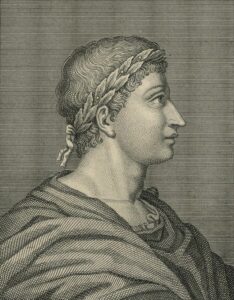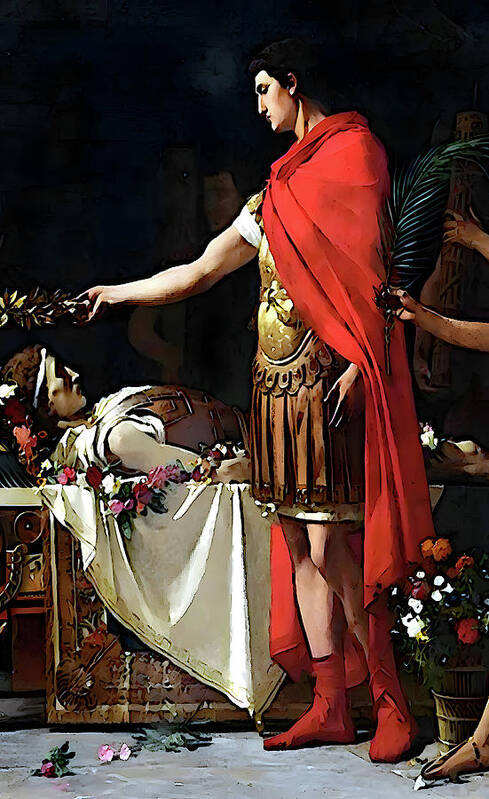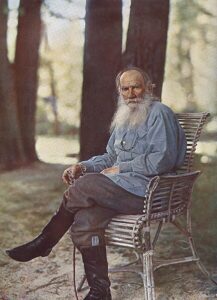Last month I was talking about some Mexican intellectuals, referring to white gentiles, whose ideology sometimes seems close to the American Woke. Now I would like to say something about another Mexican intellectual, a Jew, about whom I have already said something in The Occidental Observer.
These Mexican Gentiles, and the Mexican Jew, think much the same. That is why a National Socialist of our century must see the Christian problem (or neochristian in the case of these gentile intellectuals) and the Jewish problem as two sections of the same iceberg.
I must confess that in the 1990s, before my awakening, I was a fan of the magazine Vuelta, founded by Octavio Paz, whom I considered then as a kind of mentor. As Paz invited Krauze to direct Vuelta, when I was a normie I didn’t distinguish between Jew and Gentile, so I also became an admirer of Krauze. One of his books, published in 1992, Textos Heréticos, collects very lucid essays, critical of the Mexican leftists. (I now have that book in one of my countless boxes because next month I will be moving house.) Naturally, after discovering the white nationalist intellectuals, and later Savitri Devi, my distancing from both the neochristian Paz and Krauze was total.
However, I recently saw Krauze retweet a couple of silly things about Zelensky (here and here). Like Mexico’s gentile intellectuals, it’s remarkable that Krauze is so blind about what’s going on in the world, specifically Ukraine’s upcoming surrender.
Yesterday I watched an interview on YouTube with a veteran Spanish intellectual, much saner than all these Mexicans. This Spaniard, having listened to what John Mearsheimer and others say about the Ukrainian war, sees the dynamics between states from a sane viewpoint. By contrast, the Mexicans alluded to, Gentile and Jewish, are as narcissistic as my old friend Marco: that poor devil whom I stopped seeing for decades and when I saw him again I found him in a state of narcissistic psychosis (this time I won’t link to the six entries I devoted, on this site, to the ‘Marco case’).
The point is that both a narcissist in a psychotic state and the intellectuals alluded to have something in common. Their mental system of perceiving the world can be understood as a sort of hemi-permeable membrane that only lets in positive feedback. No negative feedback, which would challenge the narcissists’ worldview, enters their minds. That’s why they say such extraordinary things, as linked above in the posts Krauze retweeted.
Of my readers, only Benjamin has been interested, as I have, in Silvano Arieti’s book about schizophrenia, which I quote in Day of Wrath. One of Arieti’s sentences that most impressed me was that, by studying specific cases of psychosis (say, like Marco’s), it is possible to understand why non-psychotic people (say, Mexican intellectuals) use identical defence mechanisms. The only difference is that in the case of the psychotic, his madness has already marginalised him from society, which is not the case with those ideological narcissists perfectly adapted to society, even if their worldview is also lunatic.
Midday Update:
Compare the semipermeable membrane of the Mexicans mentioned with the interview with another sane Spaniard that I saw today, Juan Antonio Aguilar.






